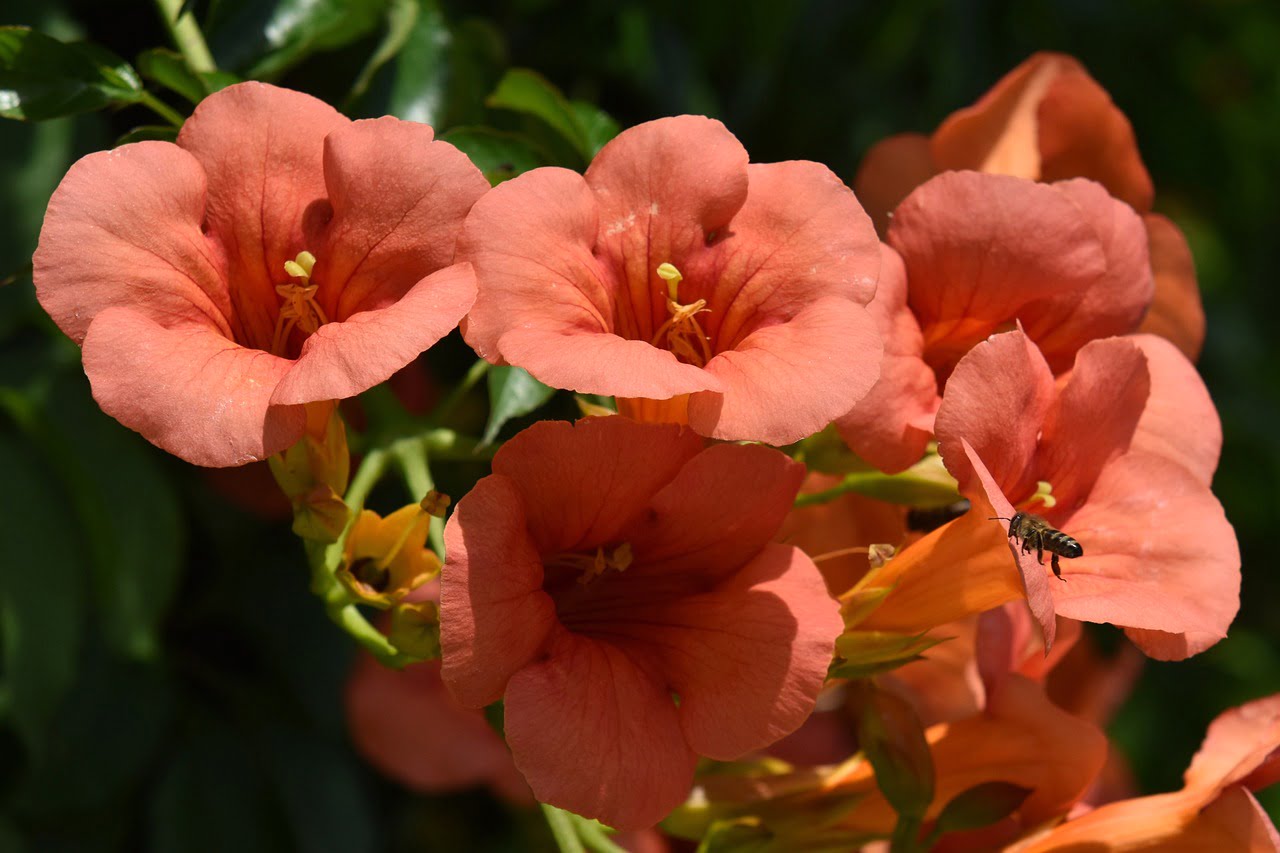
Campsis and Planting: A Comprehensive Guide
In the world of gardening and landscaping, the choice of plants plays a pivotal role in defining the aesthetics and ambiance of a space. Campsis, with its vibrant blooms and climbing nature, is gaining popularity among garden enthusiasts. This article will provide you with an in-depth guide on Campsis and how to successfully plant and care for it.
Table of Contents
- Introduction to Campsis
- Selecting the Right Campsis Variety
- Choosing the Perfect Location
- Preparing the Soil
- Planting Campsis: Step by Step
- 5.1 Digging the Hole
- 5.2 Planting Depth
- 5.3 Spacing
- 5.4 Adding Support Structures
- Watering and Mulching
- Pruning for Healthy Growth
- Pest and Disease Management
- Winter Care
- Campsis Propagation
- Frequently Asked Questions (FAQs)
- 11.1 How fast does Campsis grow?
- 11.2 What is the blooming season of Campsis?
- 11.3 Can Campsis be grown in pots?
- 11.4 Is Campsis suitable for beginners?
- 11.5 How can I revive a neglected Campsis plant?
Introduction to Campsis
Campsis, commonly known as Trumpet Vine or Trumpet Creeper, is a genus of flowering plants known for their trumpet-shaped, vibrant blooms. Native to the southeastern United States and parts of China, Campsis vines are renowned for their ability to climb and cover trellises, walls, and arbors, making them a popular choice for adding vertical interest to gardens.
Selecting the Right Campsis Variety
Before planting Campsis, it’s crucial to choose the right variety for your garden. There are several species and cultivars available, each with its unique characteristics. Some popular varieties include Campsis radicans, Campsis grandiflora, and Campsis tagliabuana. Research each variety’s growth habits, color of blooms, and hardiness to ensure it suits your garden’s requirements.
Choosing the Perfect Location
Campsis thrives in full sun, so choose a planting location that receives at least 6-8 hours of direct sunlight daily. Additionally, ensure the chosen site has sturdy support structures, such as a trellis or fence, as Campsis vines need something to climb on.
Preparing the Soil
Campsis prefers well-draining soil that’s slightly acidic to neutral. Prior to planting, amend the soil with organic matter like compost to improve fertility and drainage. This step is crucial for the long-term health of your Campsis plant.
Planting Campsis: Step by Step
5.1 Digging the Hole
Dig a hole twice the diameter of the Campsis container and deep enough to accommodate the root ball.
5.2 Planting Depth
Place the Campsis plant in the hole at the same depth it was in the container.
5.3 Spacing
If you plan to plant multiple Campsis vines, space them at least 3-10 feet apart, depending on the variety.
5.4 Adding Support Structures
Install the chosen support structure near the planted Campsis, ensuring it’s sturdy enough to support the vigorous growth.
Watering and Mulching
Campsis plants require consistent moisture during their growing season. Water deeply, but avoid waterlogging. Applying a layer of mulch around the base of the plant helps retain soil moisture and suppress weeds.
Pruning for Healthy Growth
Regular pruning is essential to maintain the shape and health of your Campsis plant. Prune in late winter or early spring before new growth begins, removing dead or damaged branches.
Pest and Disease Management
Campsis is relatively resistant to pests and diseases, but occasional issues can arise. Keep an eye out for aphids, spider mites, and leaf spot diseases. Promptly address any problems with appropriate treatments.
Winter Care
In colder regions, protect your Campsis plant during winter by mulching the base and wrapping the plant with burlap if extreme cold is expected.
Campsis Propagation
You can propagate Campsis through cuttings or by collecting seeds. However, note that growing Campsis from seeds may take longer to produce flowering plants compared to cuttings.
Conclusion
Incorporating Campsis into your garden can add a touch of elegance and natural beauty. With the right care and attention, these trumpet vines will reward you with stunning blooms and lush greenery. So, go ahead, plant a Campsis, and watch your garden come alive with the colors and charm of this remarkable vine.
Frequently Asked Questions (FAQs)
11.1 How fast does Campsis grow?
Campsis is known for its rapid growth, with some varieties capable of growing up to 10 feet or more in a single growing season.
11.2 What is the blooming season of Campsis?
Campsis typically blooms from late spring through early fall, with peak flowering occurring in summer.
11.3 Can Campsis be grown in pots?
While Campsis can be grown in large pots, it’s essential to provide adequate support for the vines and regular maintenance to ensure they thrive.
11.4 Is Campsis suitable for beginners?
Campsis is relatively easy to grow, making it suitable for both novice and experienced gardeners.
11.5 How can I revive a neglected Campsis plant?
If your Campsis has been neglected and appears unhealthy, prune away dead or diseased growth, provide proper care, and be patient as it may take a season or two to recover.